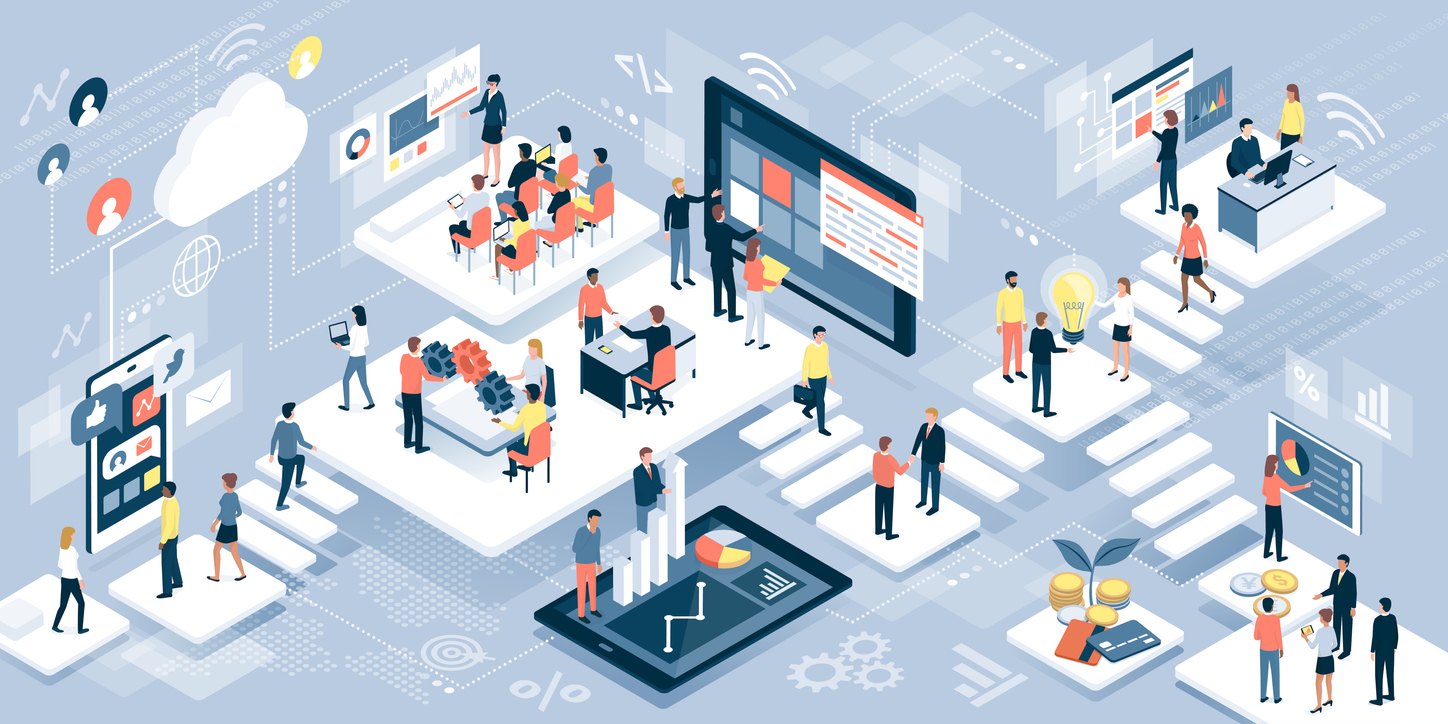As basically everyone predicted, after a bluster-fueled game of political brinksmanship, last month President Biden and House Speaker Kevin McCarthy reached a deal to avoid the first-ever U.S. government default. As part of the deal, it was estimated that non-defense discretionary spending would be cut by over a fifth. The IRS, in particular, will have to cut billions of funds allocated for modernizing legacy IT systems over the next decade. And further cuts may be forthcoming.
“Yet for government and public sector executives, the need to modernize has never been greater, as there is a growing digital divide between constituent expectations and what many governments can offer,” wrote KPMG government technology experts Viral Vhawda and Andy Gottschalk. “Whether it’s paying taxes online or applying for benefits anytime and anywhere with the ease experienced in other aspects of their lives, citizens are seeking a government that is as modern as the technology they use in their daily lives. A failure to move forward with modernization efforts will only lead to a decline in government agencies’ ability to deliver services and potentially reinforce the prevailing view of government as inefficient, out of touch and ambivalent to the needs of its constituents.”
But the U.S. is by no means alone in the need to make cuts. As global debt has hit $300 trillion this year, or 349% leverage on gross domestic product, government debt-to-GDP now stands at a staggering 102%. At the same time, China has spoken publicly about the need to double down on modernization efforts, while the United States Postal Service has partnered with Verizon to “deliver a number of infrastructure upgrades, including a transition to cloud solutions supported by real-time reporting, monitoring and administration, as well as ongoing physical infrastructure enhancements for host servers, storage arrays, and other equipment,” according to a recent press release. Seeing the writing on the wall, Ernst & Young has launched a Center for Government Modernization to help US federal, state, and local governments modernize.
So clearly the real question isn’t an if around modernization, but rather a how. In other words, governments are going to be forced to do more with less.
Using intelligence to “work smarter”
With budget cuts forcing a limit on headcount, those left at various government agencies face an uphill battle. What can be done to make things more efficient for those doing the work, as well as giving a boost to newcomers when discretionary spending frees up to add additional headcount?
When it comes to analyzing their portfolio and undertaking discovery, Spain’s Ministry of the Presidency has leveraged software intelligence technology to automatically derive intelligence about the inner workings and structural condition of their next most critical applications. This helps save a huge amount of time and labor cost in terms of discovery, speeds up changes, and de-risks modernization efforts. In the case Accenture, they’ve been able to slash documentation time by a third, reduce two-thirds of planned technical work, and cut application analysis time by 92%.
Additionally, U.S. federal agencies are already using software intelligence en route to cloud, including the three branches of the military—Air, Navy, Army, as well as the General Services Administration.
More and more government agencies are forced to grapple with the same issues the private sector has been dealing in the recent period, namely a shortage of tech talent and a need to grapple with economic headwinds. In the longer term, like in the private sector, if these agencies want to accomplish their goals at scale, they will need to leverage the best technological tools to enable their teams to better collaborate, reduce duplicative work, and respond faster to change. Fortunately, some of these tools are already available, if not yet ubiquitously used.








SHARE